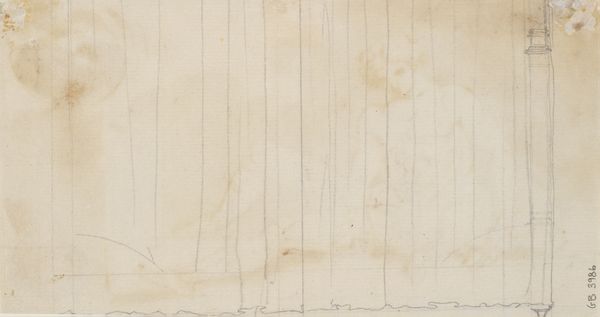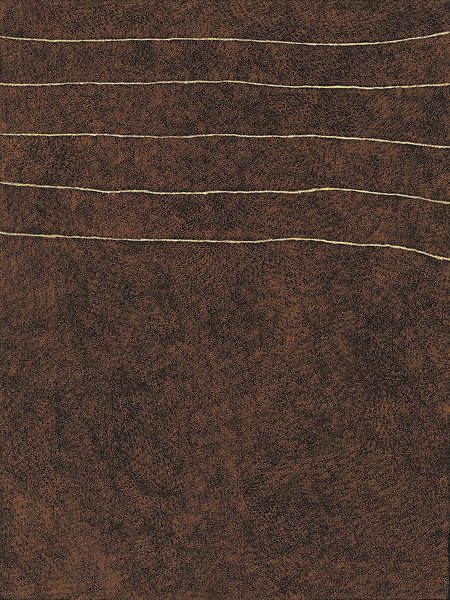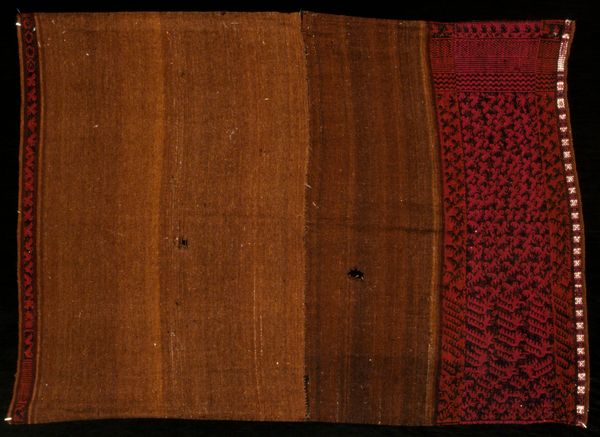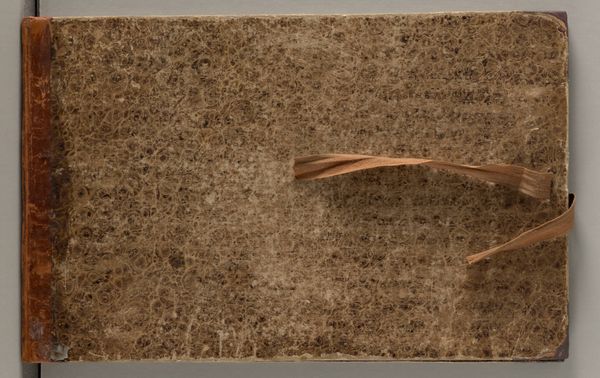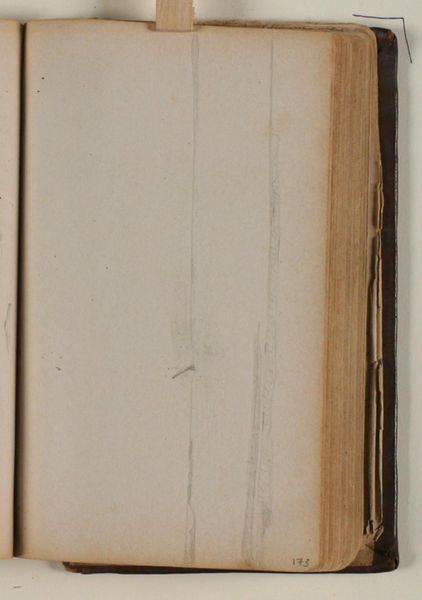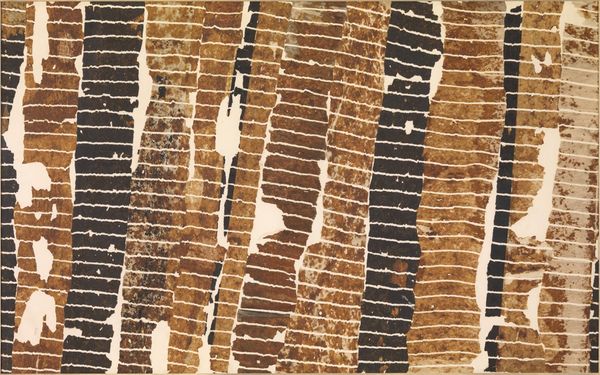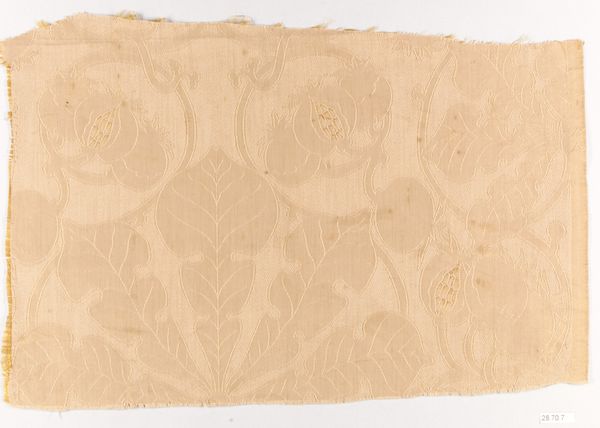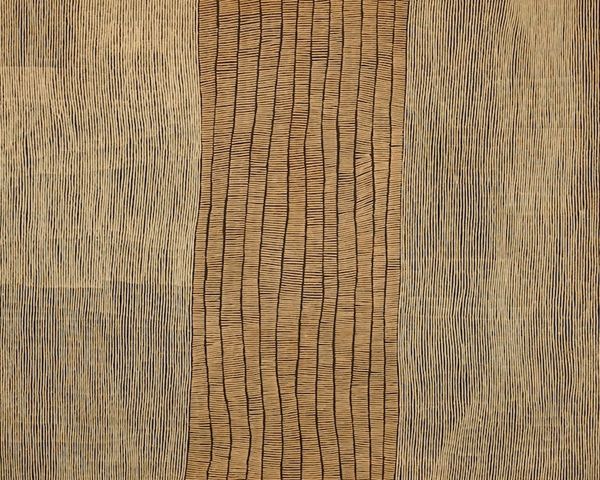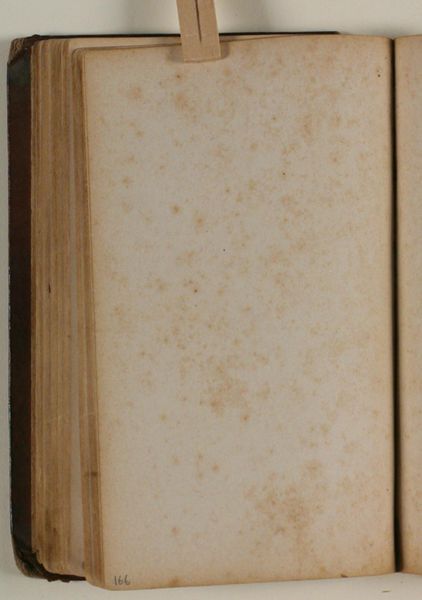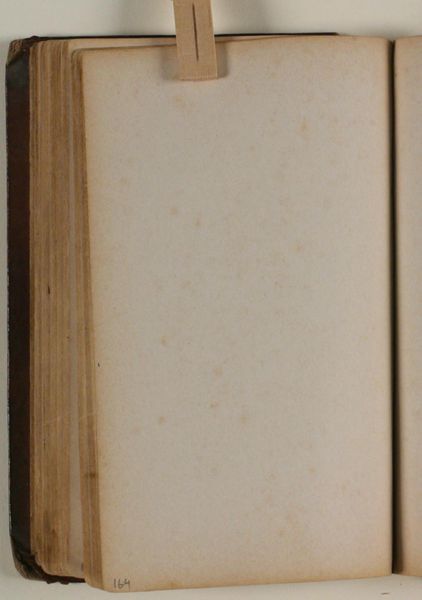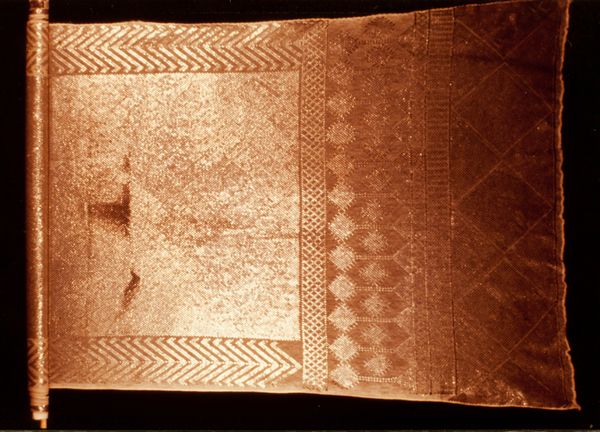
silk, textile
#
silk
#
textile
#
islamic-art
#
decorative-art
Dimensions: 119 5/8 x 52 1/4 in. (303.85 x 132.7 cm)
Copyright: Public Domain
Editor: Here we have a textile piece, a *Doshalla* from around the 19th century. It's silk, part of the decorative arts, and resides here at the Minneapolis Institute of Art. The repetitive patterns and careful stitchwork seem very...meditative. How should we approach interpreting this object? Curator: Well, first, let's consider the materials. The silk itself speaks to trade routes and global exchange. Where would this silk likely have originated, and what does that say about its initial value? Editor: Somewhere in Asia, probably? That would have made it pretty expensive and desirable, I suppose, back then as it is now. Curator: Exactly! The paisley patterns are crucial too. Their ubiquity belies a complex journey of cultural appropriation and industrial imitation. It wasn't a purely ‘decorative’ choice but loaded with meaning and power dynamics tied to the textile industry and colonial contexts. What labour went into producing the silk threads? Into crafting and stitching those patterns? Consider where the dyestuff came from to create the hues in those paisleys. Editor: So, it is less about the beauty and more about where all this *came* from and the circumstances behind it. It sounds as if, far from "decorative", each step had important ramifications... Curator: Precisely. It prompts us to think beyond aesthetics, and question how materials, production, and consumption intertwine with social and historical forces. Every stage, from silkworm to shawl, reflects embedded power dynamics. Editor: I hadn't really considered all of those layers involved. I thought it was just, you know, a pretty shawl! It is really incredible to examine art through the lens of material and labour.
Comments
No comments
Be the first to comment and join the conversation on the ultimate creative platform.

